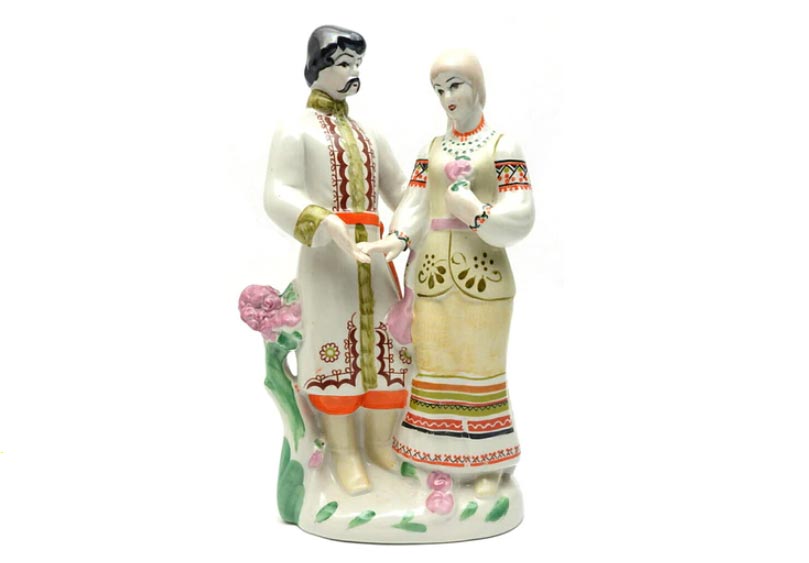Polonne and Kiev: Ceramics Factories in Ukraine
Posted by The Russian Shop on Jun 8th 2020
Polonne and Kiev: Ceramics Factories in Ukraine. Polonne is a city on the Khomora River in the Khmelnitsky region in western Ukraine. Originally built as a castle fortress on the banks of the river, its recorded history dates all the way back to 998. After passing through a great many political and governmental regimes, Polonne's status as a village was finally settled in 1938 and it became a city.
Before that, in the 1880's, porcelain and earthenware was crafted and manufactured on the Polonsky estate. After that arrangement expired, a cooperative of craftsmen, known as "Keramik", came into being. This eventually became the Polonsky Factory of Artistic Ceramics, officially founded in 1956, and which effectively produced millions of porcelain products annually, including many unique and beautiful pieces. After Ukraine's Independence, it was privatized and was still able to thrive. Over time, however, economic weakness and foreign porcelain imports, coupled with tax inspection and pension funding, forced the company into bankruptcy in 2011. The legacy still exists through the Khmelnytsky Regional Museum.
The Kiev Experimental Art Ceramics Factory (Kiev ECC) was founded in 1924 on the basis of a small workshop, which manufactured ceramic paints and decals. During World War II, the plant was destroyed, but restored with the influx of capital investment. The mid-20th century found an expansion of the factory which then began manufacturing high-quality decorative painted figures. Eventually the large workshop became one of the best in the USSR. Talented porcelain artists and sculptors worked at the plant, including O. L. Zhnikrup , V. I. Shcherbina, O. P. Rapay-Markish , G. M. Kaluga, A. D. Sorokin and others. Also, Petrikov's Ukrainian folk painting on porcelain was introduced here. The fall of the USSR was not kind to these types of enterprises, being heavily subsidized, and eventually the factory ceased to exist around 2006. A collection of museum-quality pieces were to have been transferred to the State Museum of Decorative Ukrainian Art, but instead disappeared and were presumed stolen. An interesting side note is that many of the porcelain items exported under the "USSR" mark were Ukrainian, with the Kiev factory making some of the largest contributions, by some accounts almost 40%.

